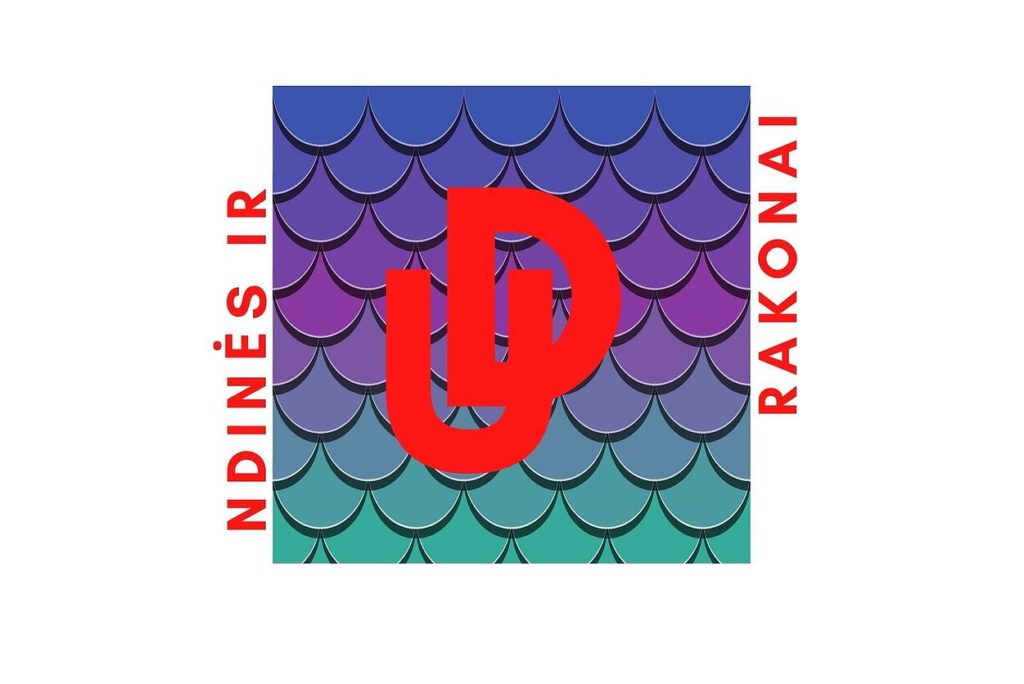GONDII SYNDROME, 2014
The actual Gondii syndrome is a toxoplasmosis virus, causing the inflammation of the nervous system, impaired thinking or orientation and the change in behaviour. GONDII SYNDROME by the director Saulė Norkutė and experimental music collective AVaspo was a performance, a diagnostic algorithm with the actual causes and unpredictable consequences, duplicating itself in everyone. Not always people are aware of the illness. Some are aware about it, but show no desire to be treated. It comes as a parallel to the society that has no need to break the confining stereotypes and the hierarchic mindset. If there is the environment and the circumstances for the virus to spread, it does, and people get infected despite their gender, political views, sexual orientation or style.
Honest, subtle and wild poetic narrative of this performance talks about the post-modern human being. It focuses on the woman, who is imprisoned in her own archive of memories, events and experiences. At first sight her life appears to be precisely controlled and perfectly managed. But in reality it lacks some essential components: the passion, the drive and..the courage to love.
GONDII SYNDROME is an authentic performance of modern electronics, poetry and visuals. Director S. Norkutė and AVaspo collective used this performance to raise some really uncomfortable questions of contemporary sexuality and invite the audience to discuss the multilayerness of a man, explore the instilled truths of happiness, love and static identity and find the roots in the complexity of reality. What happens when these truths are no longer real? When emotions and sensations of the body lose touch with the acknowledged dogmas?
It is lost to the history who and when decided to divide the world into men’s and women’s, into black and white, weak and strong. This is why the collision between internal and social norms forces the creative team to ask – how do we establish our roles? Are we, as physical bodies and humans, just the battlefields with consciousness? How much does the world depend on us and how much of it are we able to change?
CREATIVE TEAM
Director: Saulė Norkutė
Playwright: Gabrielė Labanauskaitė
Music: Vladas Dieninis (AVASPO), Gediminas Žygus (AVASPO), Miša Skalskis, Donatas Tubutis
Scenography: Virginija Jusevičienė
Lighting designer: Simas Sirutavičius
Video artist: Otto Kylmälä
Designer: Greta Stančiauskaitė
Performers: Gabrielė Labanauskaitė (AVaspo), Beatričė Bukantytė, Goda Alsytė, Augustė Tomkutė
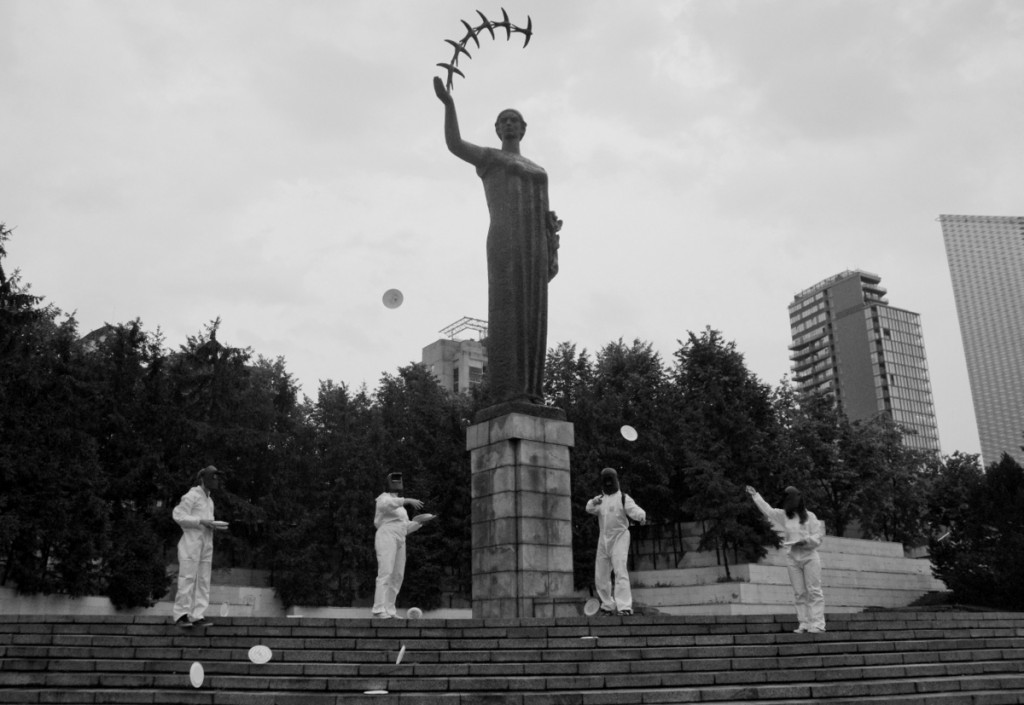 Photography: artnews.lt
Photography: artnews.lt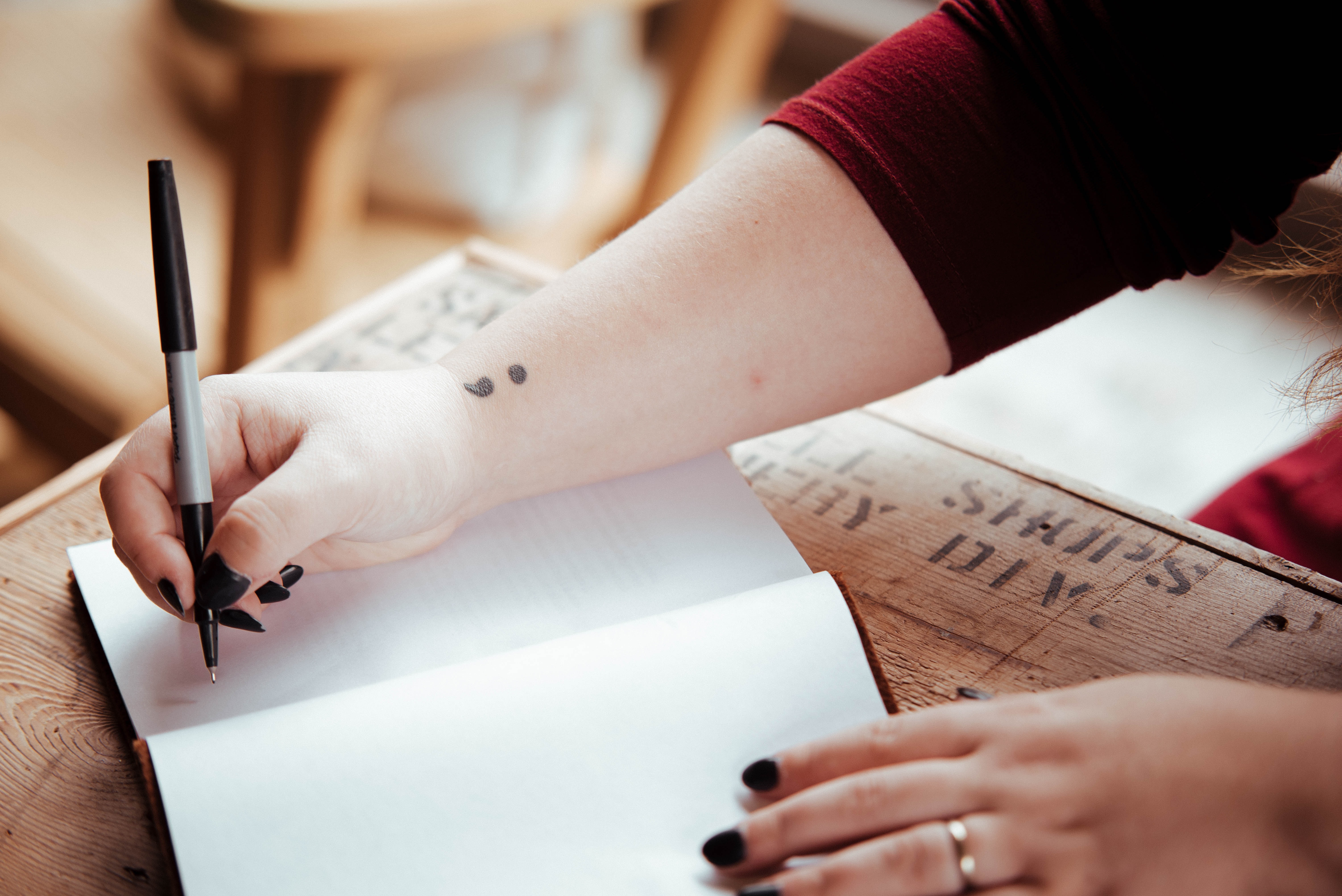 Photography: Timothy L Brock
Photography: Timothy L Brock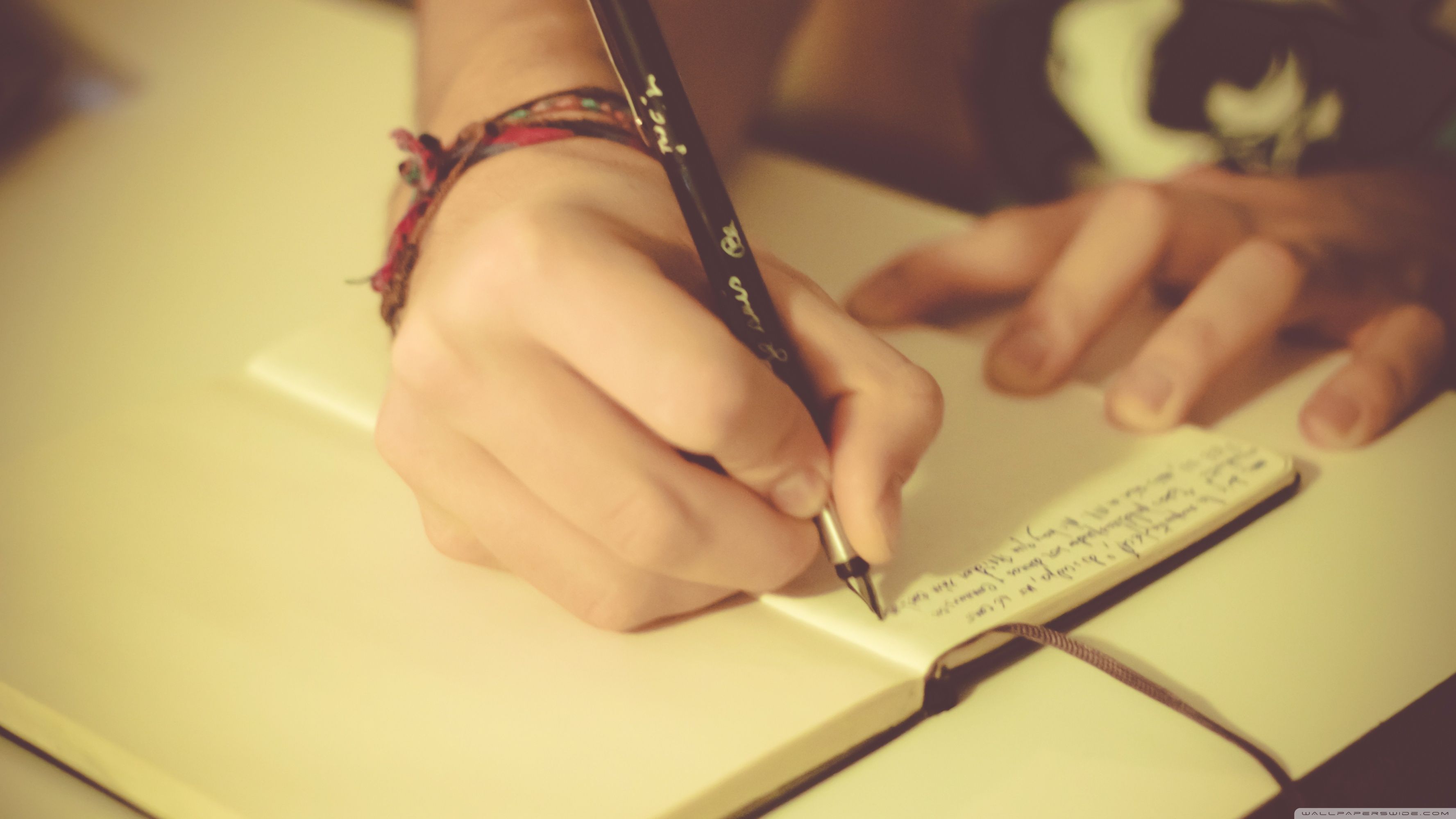 Photography: Glenn Carstens Peters
Photography: Glenn Carstens Peters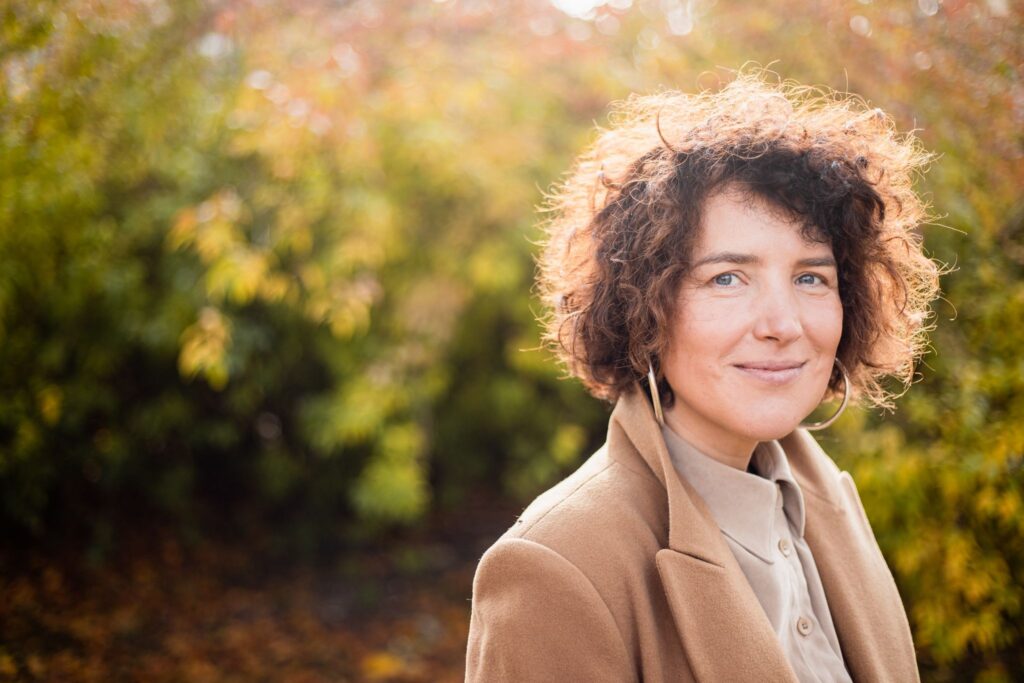 Nuotrauka: Justinas Stacevičius, lrt.lt
Nuotrauka: Justinas Stacevičius, lrt.lt